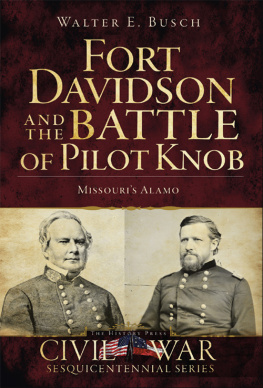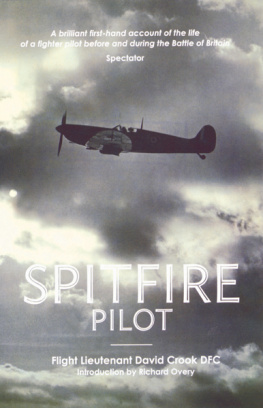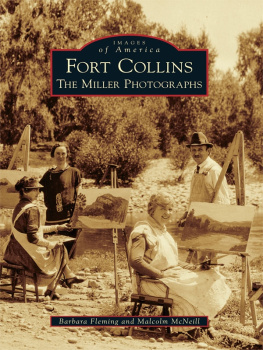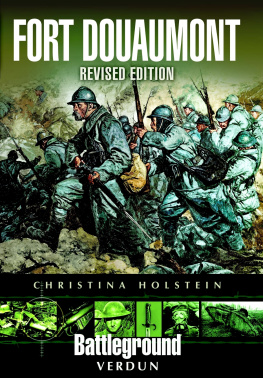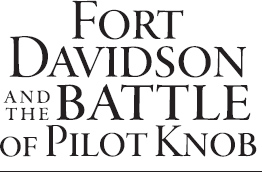M ISSOURIS A LAMO
W ALTER E . B USCH
Series Editor Doug Bostick
Published by The History Press
Charleston, SC 29403
www.historypress.net
Copyright 2010 by Walter E. Busch
All rights reserved
First published 2010
e-book edition 2011
ISBN 978.1.61423.028.1
Busch, Walter E.
Fort Davidson and Battle of Pilot Knob : Missouri's Alamo / Walter E. Busch.
p.cm.
print edition: ISBN 978-1-60949-023-2
1. Pilot Knob, Battle of, Pilot Knob, Mo., 1864. 2. Fort Davidson (Mo.)--History. 3.
Fort Davidson State Historic Site (Pilot Knob, Mo.)--History. 4. Pilot Knob Memorial
Association (Pilot Knob, Mo.)--History. 5. Fortification--Conservation and restoration-
Missouri--Case studies. 6. Historic preservation--Missouri--Case studies. I. Title.
E477.16.B88 2010
973.7'37--dc22
2010029502
Notice: The information in this book is true and complete to the best of our knowledge. It is offered without guarantee on the part of the author or The History Press. The author and The History Press disclaim all liability in connection with the use of this book.
All rights reserved. No part of this book may be reproduced or transmitted in any form whatsoever without prior written permission from the publisher except in the case of brief quotations embodied in critical articles and reviews.
Dedicated to a special woman and a carriage ride.
Contents
Preface
T his book began as merely a transcription of the three Pilot Knob Memorial Association books. As you can see, it blossomed into a book unto itself. As research continues, hopefully more information will be uncoveredmaybe even enough for another book. It is indeed unfortunate that many of the local papers for that time are gone, as Im sure that more information could have been gleaned from them. However, this book provided the proofreaders with some fresh information that they did not know, so it should provide you with basic information about Fort Davidson, the Battle of Pilot Knob and the Pilot Knob Memorial Association and its efforts to preserve the site.
Acknowledgements
W hile not totally comprehensive, I wish to thank the following people who have helped with this project: all of my critical readers who made sure I proved my facts, including Jack Mayes, Brick Autry, Joe Snyder, Chris Warren, Gary Scheel, David Roggensees and others; and Bryce Suderow, author of Thunder in the Arcadia Valley, for getting me interested in very large transcription projects. However, most of all I want to thank Dr. Douglas Eiken, former director of Missouri State Parks, and Gary Walrath, my former supervisor, both of whom had enough faith to hire a former police sergeant to run a historic site.
Introduction
I n the dark of the cool, damp early morning about 3:00 a.m., blinding light flashed continually across the sky, followed by a large explosion and then many smaller ones. More than twenty thousand pounds of black powder had flashed and burned, throwing timbers, dead bodies and lead shot high into the air. The deafening sound could be heard for twenty miles. The powder magazine inside Fort Davidson had exploded, killing all of the Union soldiersor so the Rebels believed.
The next morning, General Sterling Price discovered that the enemy had slipped out of the fort. He sent one-third of his soldiers chasing after the escaping Union soldiers under General Thomas Ewing through the St. Francois mountains and Ozark hills. Some of the Rebels remained behind to gather supplies in town and bury the dead in the rifle pits of the fort.
Here ends the story of Fort Davidson, at least as far as any major military actions are concerned. What follows is the rest of the story. While Fort Davidson suffered some misuses over the years, such as serving as a corral for mules and oxen, the old fort was never forgotten by the men who fought in it. Indeed, many men of the 47th and 50th Missouri Infantry and the 3rd Missouri State Militia Cavalry, as well as many citizens and former soldiers in the 68th Enrolled Missouri Militia who fought there, passed by the fort field on a regular basis. To them, it was always something to remember and memorialize.
Had it been a battlefield far away, such as around Nashville, where the 47th later served, the burning desire many had to memorialize this field would not have existed. Men from the 14th Iowa Infantry who fought here were interested in memorializing this field, but they had also fought at Shiloh and in the Red River campaign. Many battlefields drew their interest to commemorate their deeds.
Largely it was local civilians and soldiers who defended Fort Davidson. Men who, in their old age, desired to see it set aside as more than a field owned by a mining companya field where people would gather after church to picnic, play games and search for artifacts from the battle. Fort Davidson had been the focal point of their battle, their glory and their Civil War, and they wanted to make sure that their story was not forgotten.
The story of Fort Davidson is more than the battle. It is more than the stories of the men who served and fought here, which are preserved in Cyrus Petersons Pilot Knob: Thermopylae of the West or in the Peterson Collection at the Missouri Historical Society. It is the story of the Pilot Knob Memorial Association, which was formed by the survivors of the battle to preserve the fort. The story is found in the records of their association, some of which are provided here; in court records at the Iron County Courthouse; and in newspaper accounts and surviving photographs. The story continues from the time the association finally purchased the land through the twentieth century until, near the end of that century, its dream was finally realized when Fort Davidson became a state historic site. It continues to this day, as site personnel write plans to preserve this fort for future generations.
Here is the story of Fort Davidson, told in the words of the survivors association and newspapers, but before we get to that, a summary of the forts history is in order.
Chapter 1
The Union Army Comes to the Valley
F ort Davidson was not the first fort in the Arcadia Valley. Beginning late in 1861, the soldiers of the 33rd Illinois built an earthen fort on the hillside overlooking the junction of the road to Pilot Knob and the Fredericktown road, inside what is now Arcadia. They christened it Fort Hovey, after their commander, Colonel Charles E. Hovey
The January 1, 1862 edition of the Normal Picket, a newspaper written by soldiers from Normal, Illinois, while they were stationed in the valley, described the almost completed fort:
It is not true that the rifled cannon are to be mounted

